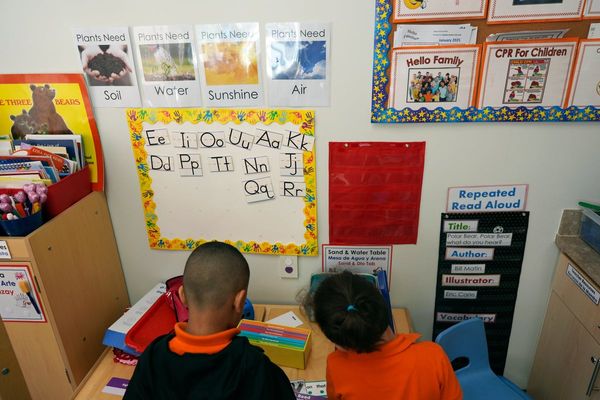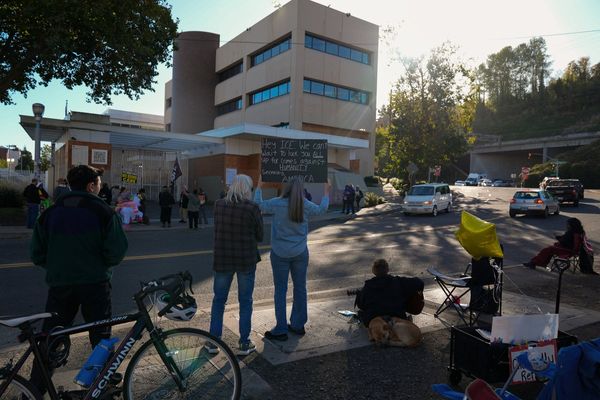
Jack Gallant’s Cognitive, Computational, and Systems Neuroscience Lab at University of California, Berkeley, aims to make discoveries about how the brain represents the world – and itself – by discovering and organizing maps of cerebral cortex. Your brain’s cortex a surface of seven layers where almost all cell bodies and synapses are found. It is is folded up to maximize its surface area within the relatively small cavern of the human skull. More folds mean more cortex, which means, generally, a smarter animal.

Different cortical regions have functional specialization, for example visual cortex for sight or motor cortex for movement. There are many ways to study cortex, from molecular to the whole brain, and beyond if you consider fields like cognitive psychology and behavioral economics. Most neuroscientists wouldn’t call these latter fields neuroscience just yet, but it’s only a matter of time until we bridge that divide.
Gallant primarily uses functional MRI (fMRI), a technique that reads variations in blood oxygen levels, indicating changes in metabolic rate. Neurons have a notorious appetite. Though the brain makes up only 2% of body mass, it uses nearly a quarter of the body’s energy. Active neurons consume more energy and demand more oxygen, much like muscles during exercise. Consequently, fMRI allows researchers to infer that neurons are active when there is an increase in oxygen to their region of cortex.
One intriguing use of this technique is to explore how and where words, and more broadly, stories, are represented in the brain by looking at what regions light up when words are heard. In a study published in Nature, Gallant et. al. systematically mapped cortical activity while seven study participants listened to stories from Moth.
Gallant and crew divided the cortex into 60,000 small volumes, called voxels. They fitted each one with its own regression model to predict each voxel’s response to 10,000 words. The top 20 words for each region were used to create a new semantic system, referring to the cortical representation of the meaning of language. Prior to this study, few regions have been mapped and the comprehensive semantic system remained largely unknown. Gallant’s new atlas divides the brain into 140 distinct semantically selective areas and showcases which words are likely to activate specific cortical regions. Most words trigger several areas of cortex. All of this is conveniently visualized a beautiful interactive 3D brain that you can explore here.
Each region of cortex is color coded by word categories. For example, one region about midway back on the right side of the brain, called the angular gyrus, responds particularly strongly to social and dramatic events. Before you begin to think that these results are set in stone, do toggle on the confidence heatmap with the Performance option, top right, that allows you to see the accuracy prediction for each voxel.
Since cerebral cortex is all folded, a regular 3D brain model results in many obstructed views. You can look inside the cracks, called sulci, by inflating the brain like a balloon.
Before you dive into the dataviz, let’s end with an exercise. Think of a place. Got it? Good. Now consider that the place you’re thinking about is also represented by at least one area of your cortex. Any place you know is represented by multiple places: one in the world and some in your brain. To that, Gallant says “it is likely that any place that you can think of is represented in multiple places across cortex. No one really knows why, but my current theory is that these various re-representations of similar concepts reflect different aspects of those concepts. So if you think of Lake Tahoe, one region might represent how LT looks, another how LT smells, another how the wind felt on your skin, another that you lost money in the casino… “
To take it a bit further: what if the place you’re thinking about is a place on your cortex?
Meta. Then again, when isn’t neuroscience. Maybe someday science will have all the answers for how the brain does what it does. For now at least there’s Gallant’s 3D brain map on the web.







